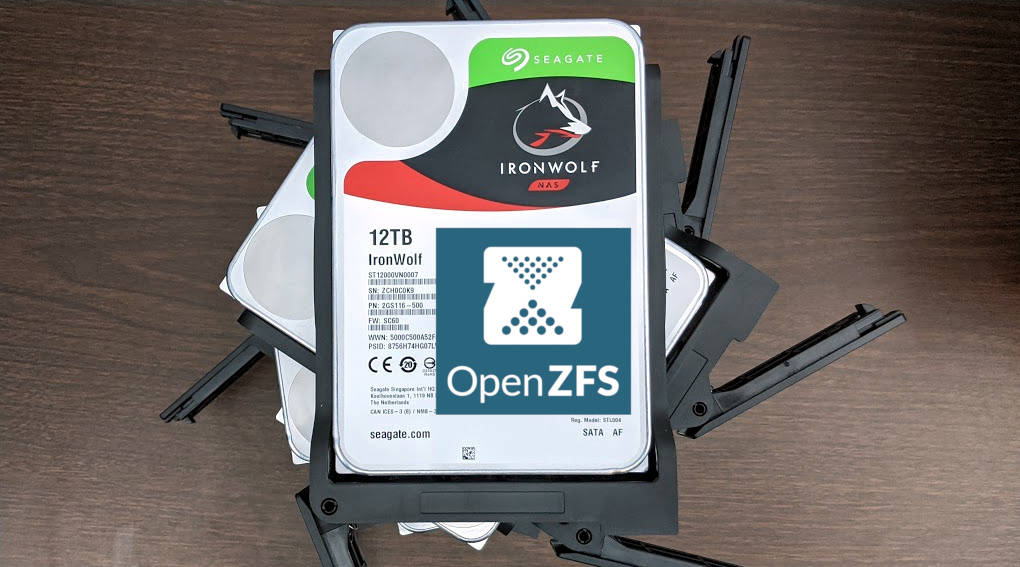Hello all
I hope i am posting in the right place and you can help me.
I am trying to set up a backup strategy for me and my family, I will be backing up 7 win10 pcs, and a few phones
Here is my current plan, please if you have feed back or suggestions let me know.
I have 4 different criteria for what my backup is to protect my data from
1: Accidental file deletion
2: Hardware breaking (hdd ,ssd etc)
3: Ransomware
4: Property damage (flood, fire etc)
My plan is to,
-Use a sync software (syncback, bvckup2), and sync files and folders to my nas (custom truenas build), this is to protect me from Accidental file deletion. And i will be able to access the files directly on the nas without having to do a lengthy restore.
-Use a backup software (macrium reflect, or any other suggestions) to image windows install and specific folders and place the image on the nas
-Use m disc blue rays to back up compressed very important documents and photos (very little data), and store offsite and offline, this should help if there is a flood/fire,
or if my network gets ransomware, apparently ransomware now will look for nas servers on the network and encrypt them.
Now here comes a part im really not sure about,
Should i be wanting to backup from the nas to a cloud service (back blaze b2), or should i use a on device cloud backup such as idrive, backblaze, etc
I travel a lot and am sometimes away for 2 months at a time, so i don't always have direct access to my nas with my laptop, in that case maybe on device cloud backup is better?
Using on device would also let me use the same service to back up from my phone. So maybe it is more cost effective.
Am i completely wrong in my thinking?
Should i be doing something else?
Any suggestions are welcome.
Thank you
I hope i am posting in the right place and you can help me.
I am trying to set up a backup strategy for me and my family, I will be backing up 7 win10 pcs, and a few phones
Here is my current plan, please if you have feed back or suggestions let me know.
I have 4 different criteria for what my backup is to protect my data from
1: Accidental file deletion
2: Hardware breaking (hdd ,ssd etc)
3: Ransomware
4: Property damage (flood, fire etc)
My plan is to,
-Use a sync software (syncback, bvckup2), and sync files and folders to my nas (custom truenas build), this is to protect me from Accidental file deletion. And i will be able to access the files directly on the nas without having to do a lengthy restore.
-Use a backup software (macrium reflect, or any other suggestions) to image windows install and specific folders and place the image on the nas
-Use m disc blue rays to back up compressed very important documents and photos (very little data), and store offsite and offline, this should help if there is a flood/fire,
or if my network gets ransomware, apparently ransomware now will look for nas servers on the network and encrypt them.
Now here comes a part im really not sure about,
Should i be wanting to backup from the nas to a cloud service (back blaze b2), or should i use a on device cloud backup such as idrive, backblaze, etc
I travel a lot and am sometimes away for 2 months at a time, so i don't always have direct access to my nas with my laptop, in that case maybe on device cloud backup is better?
Using on device would also let me use the same service to back up from my phone. So maybe it is more cost effective.
Am i completely wrong in my thinking?
Should i be doing something else?
Any suggestions are welcome.
Thank you


